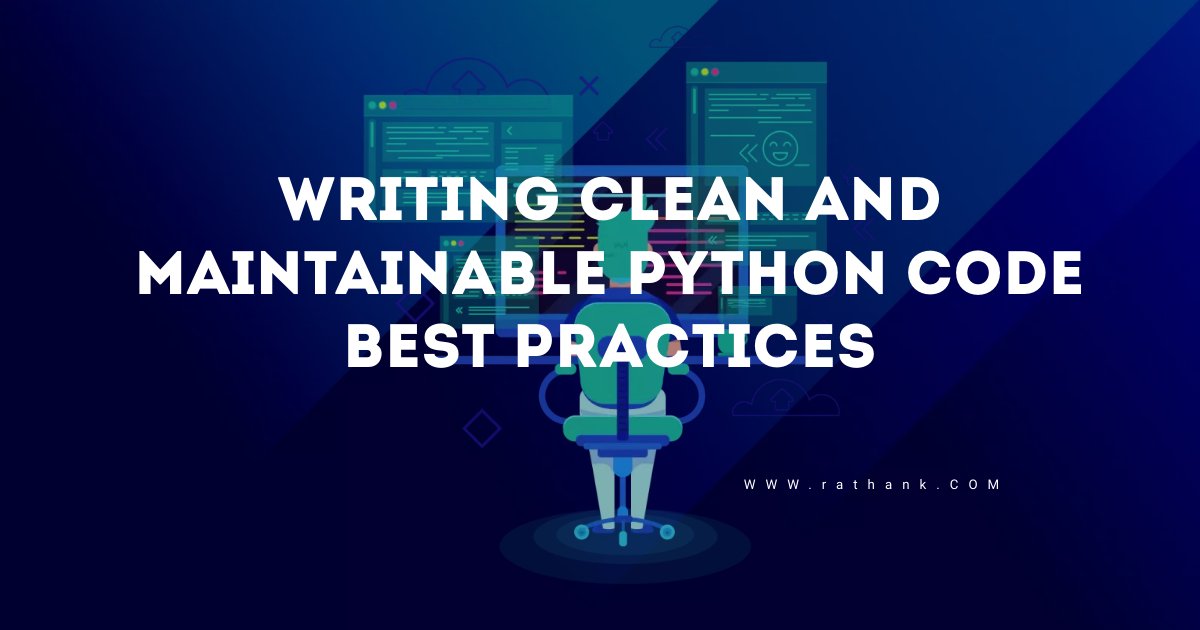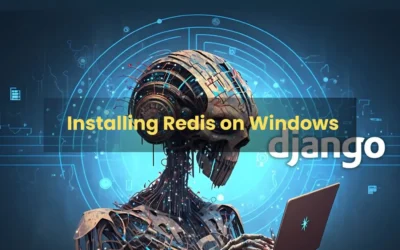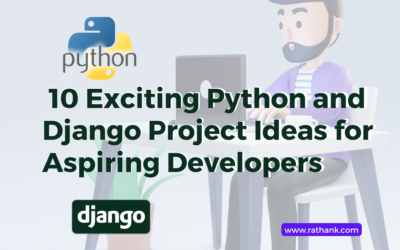Introduction – Writing Clean and Maintainable Python Code Best Practices
Learn the fundamentals of writing clean, maintainable Python code. To improve collaboration, readability, and longevity, heed the advice of experts.
The act of writing code is only the first step in the process of developing software. Beginner programmers and seasoned pros can be distinguished by their ability to write clean and readable code. In addition to fostering better developer communication, clean code increases the durability and scalability of your projects. In this blog article, we will discuss key recommended practices for developing clear and maintainable Python code, ensuring that your codebase stays structured, legible, and simple to work with.
1. Follow PEP 8 Guidelines: The Pythonic Way
Follow the PEP 8 recommendations, the Python coding style manual, to get off to a good start. PEP 8 provides guidelines for name conventions, code layout, and other topics. By adhering to these rules, you make sure that your codebase is consistent, which makes it simpler for you and your team to read, comprehend, and work together.
2. Meaningful Variable and Function Names
Choosing descriptive and meaningful names for variables, functions, and classes enhances the readability of your code. Use clear and self-explanatory names that convey the purpose of the element they represent. A well-named variable eliminates the need for excessive comments and documentation.
3. Keep Functions Short and Focused
Following the Single Responsibility Principle (SRP), each function or method should have a single, well-defined purpose. This keeps functions concise and easy to comprehend. If a function becomes too long, consider breaking it into smaller functions, each handling a specific task. This modularity simplifies debugging and future modifications.
4. Use Comments Wisely
While the goal is to write self-explanatory code, there are cases where comments are beneficial. Explain complex algorithms, assumptions, or reasoning behind certain decisions. However, avoid redundant comments that merely restate what the code already communicates.
5. Version Control and Regular Commits
Version control systems like Git are crucial for collaboration and code management. Make frequent and descriptive commits. Each commit should encapsulate a logical unit of work, making it easier to track changes and understand the codebase’s evolution.
6. Document Your Code
In addition to comments, provide docstrings for functions, classes, and modules. Well-written docstrings offer insights into how to use the code, its inputs, outputs, and potential side effects. This documentation becomes invaluable when others (or your future self) interact with your code.
7. Unit Testing and Test-Driven Development (TDD)
Implementing unit tests not only validates your code but also encourages a modular and maintainable architecture. Embrace Test-Driven Development (TDD) by writing tests before writing code. This approach leads to more cohesive and loosely coupled components.
8. Refactor Regularly
As your project evolves, periodically review your code for opportunities to refactor. Refactoring eliminates redundancies, improves performance, and ensures code aligns with changing requirements. Regular maintenance prevents technical debt from accumulating.
9. Consistent Indentation and Formatting
Proper indentation and formatting enhance code readability. Configure your text editor or IDE to automatically apply consistent formatting, reducing the likelihood of formatting-related bugs.
10. Use Meaningful Comments
While clean code should be self-explanatory, well-placed comments can clarify intricate sections or assumptions. However, avoid excessive commenting on trivial matters.
Conclusion:
In the realm of Python programming, clean and maintainable code is a mark of professionalism. By incorporating these best practices into your coding routine, you not only improve your efficiency but also foster a collaborative and productive environment for your development team. Remember, clean code is not a one-time task; it’s an ongoing commitment that pays dividends in the form of reduced bugs, improved maintainability, and a smoother development process. So, whether you’re a beginner or an experienced coder, start implementing these practices today to elevate your Python projects to new heights of clarity and longevity.
Check out the Best Python Frameworks, Django & Flask to Use for Your Software Development Projects








